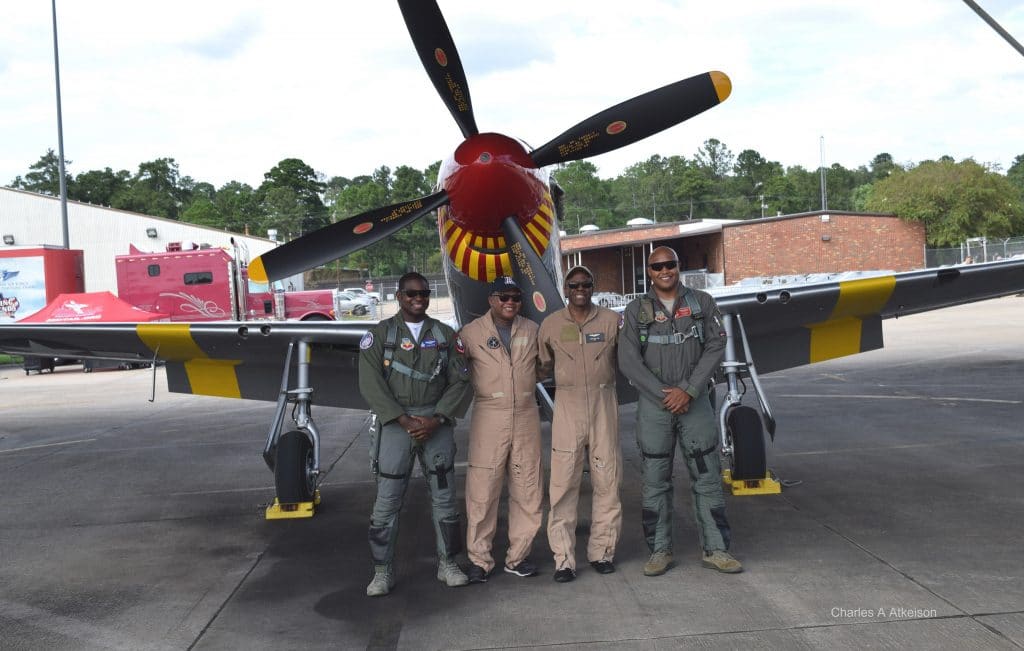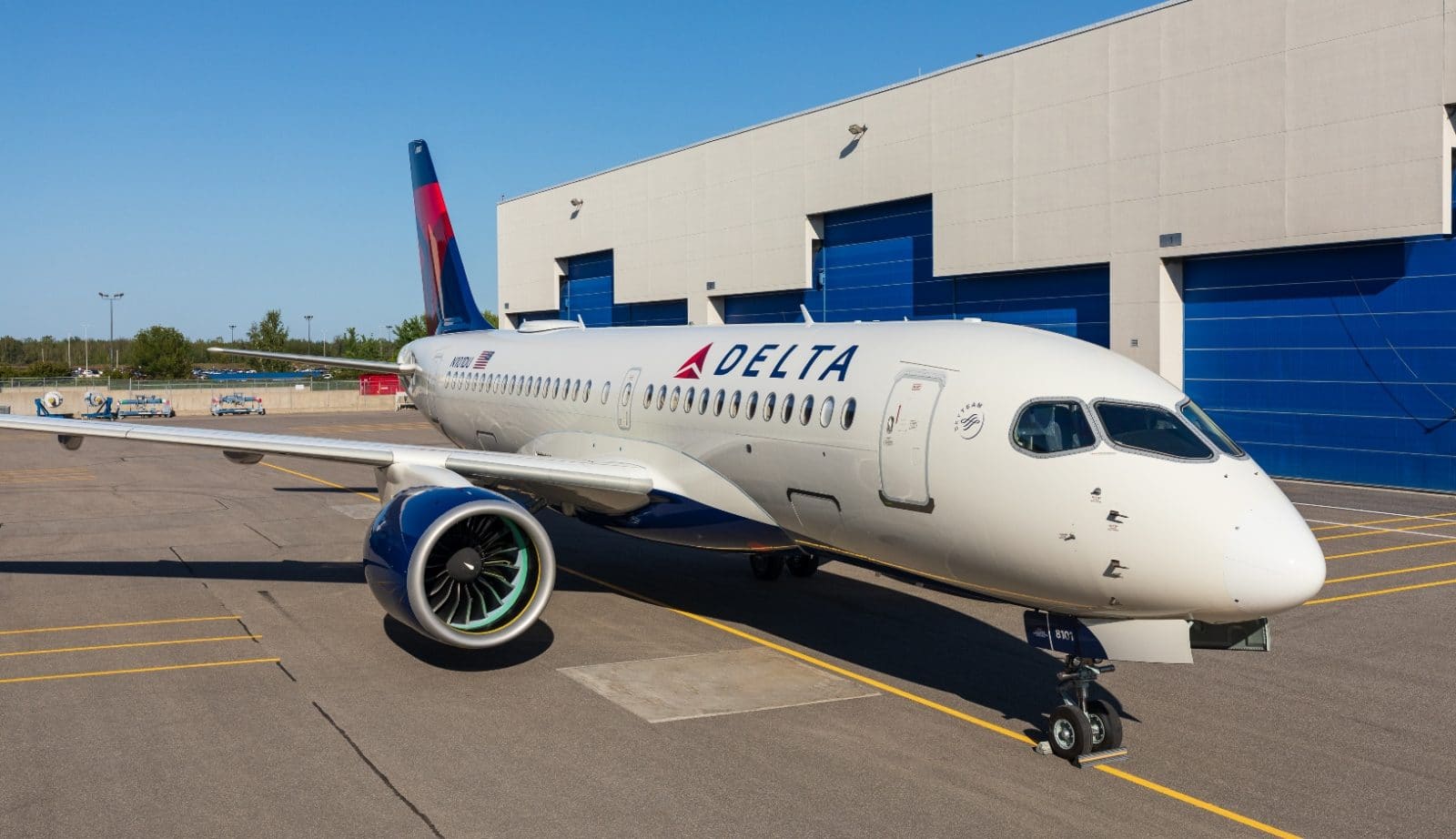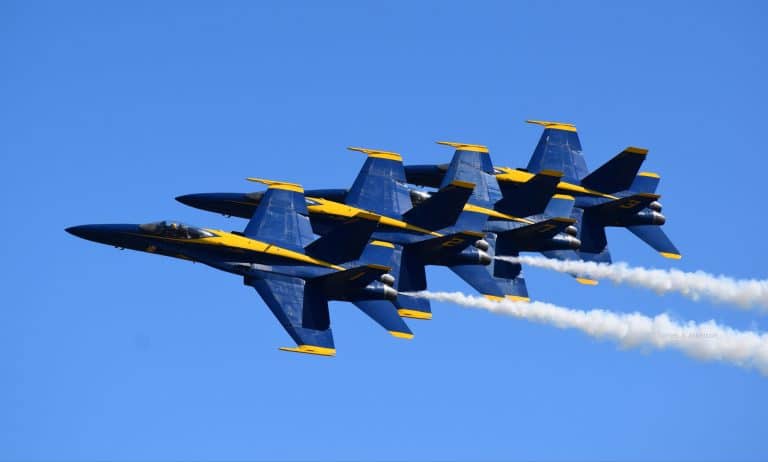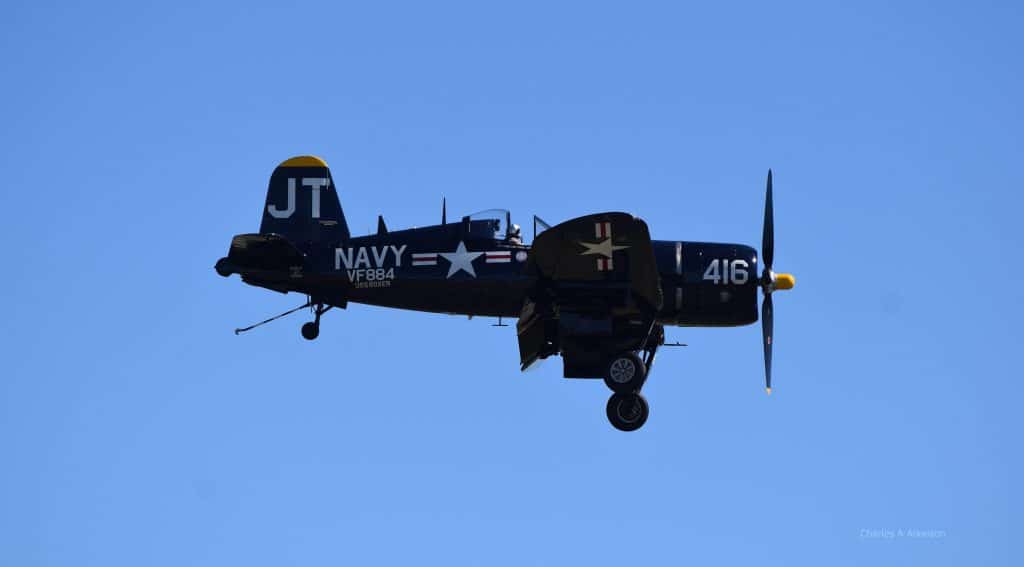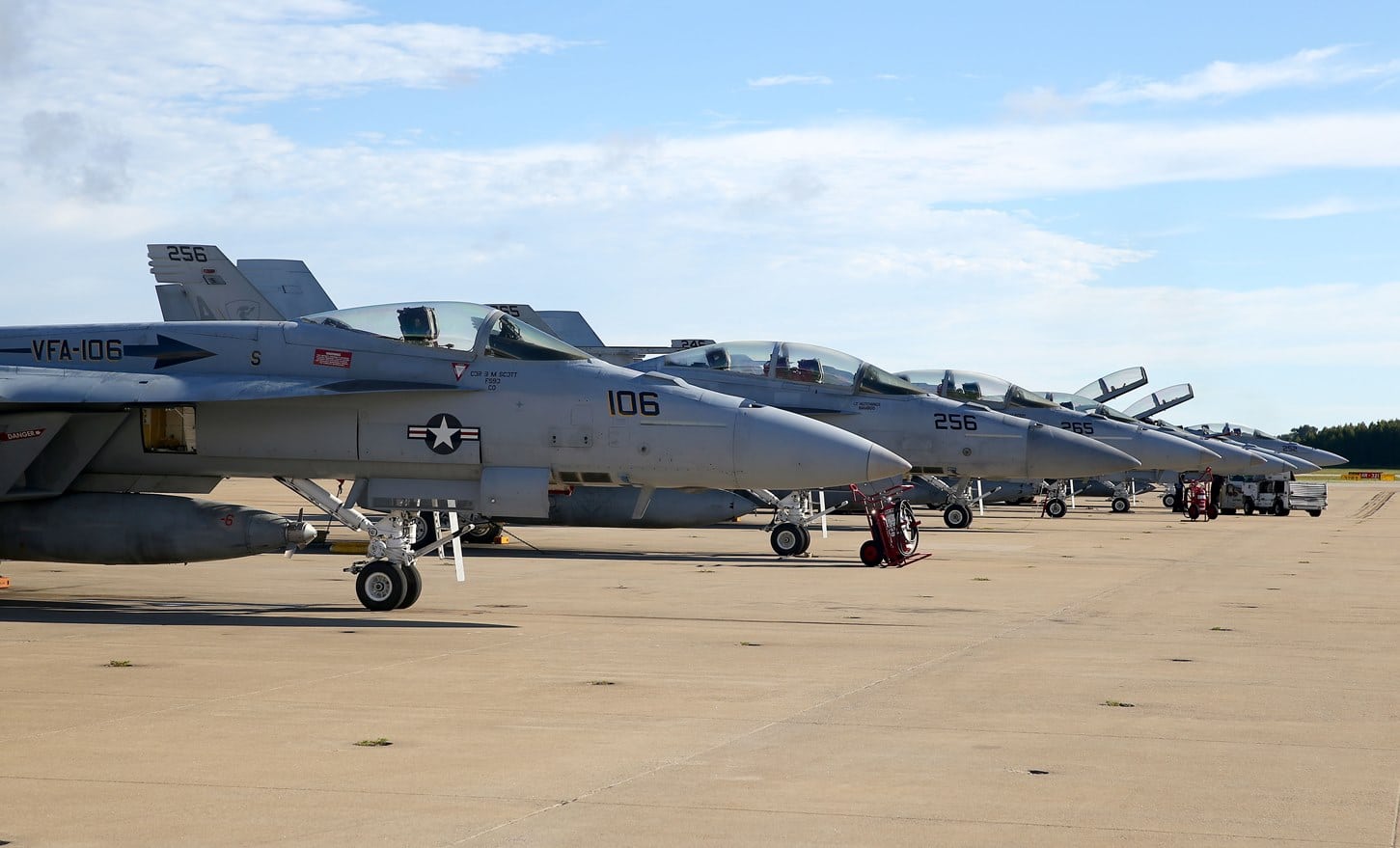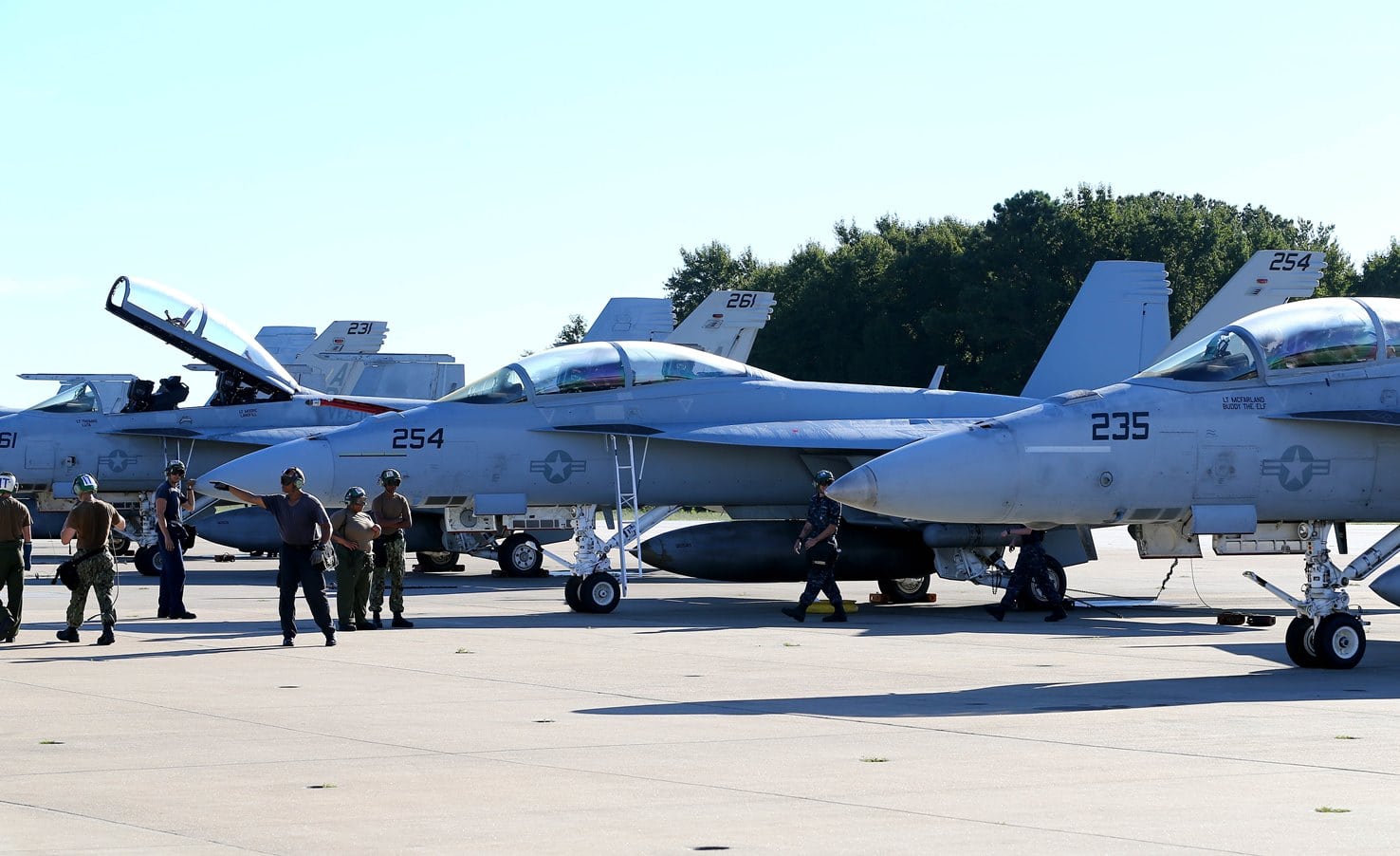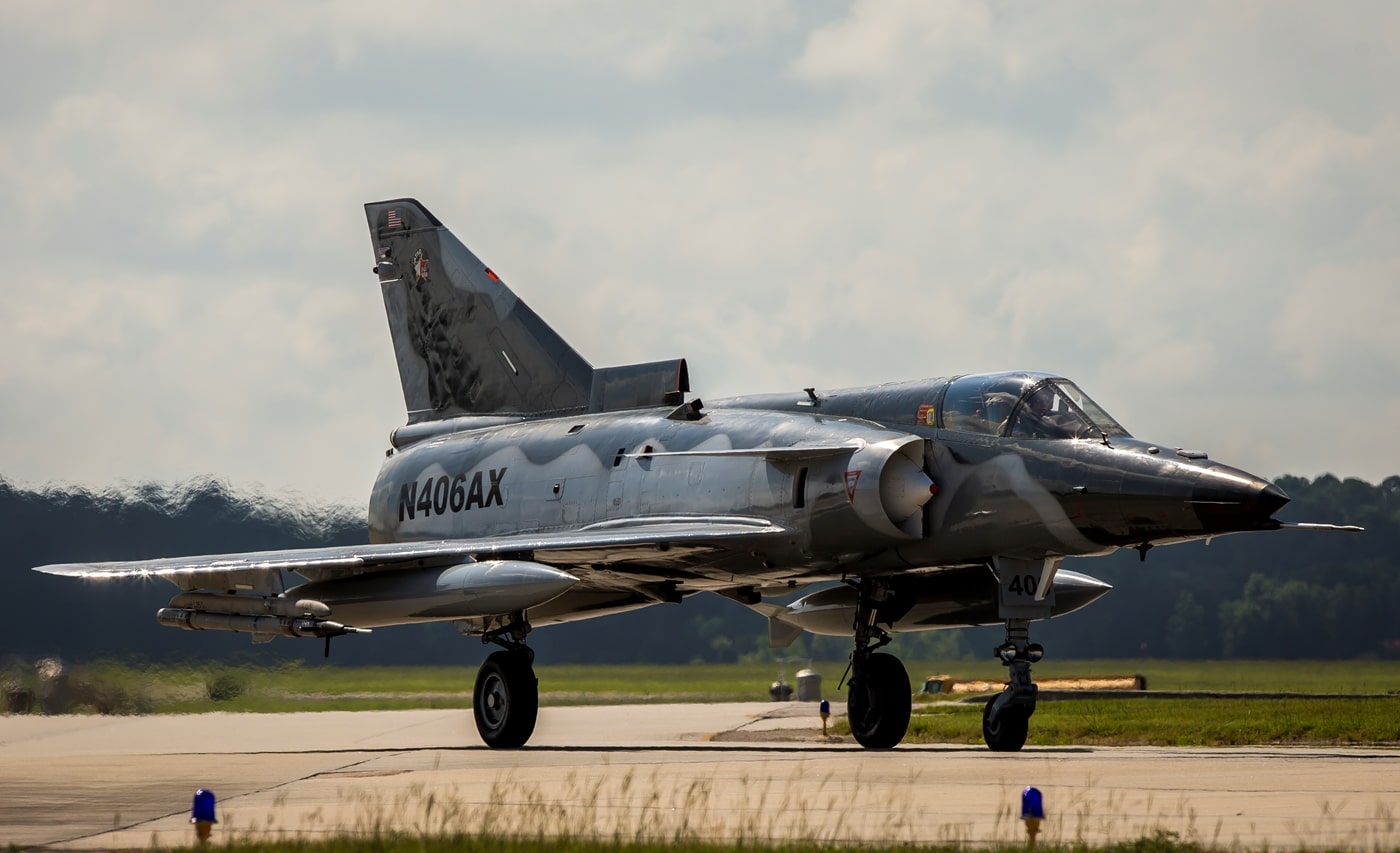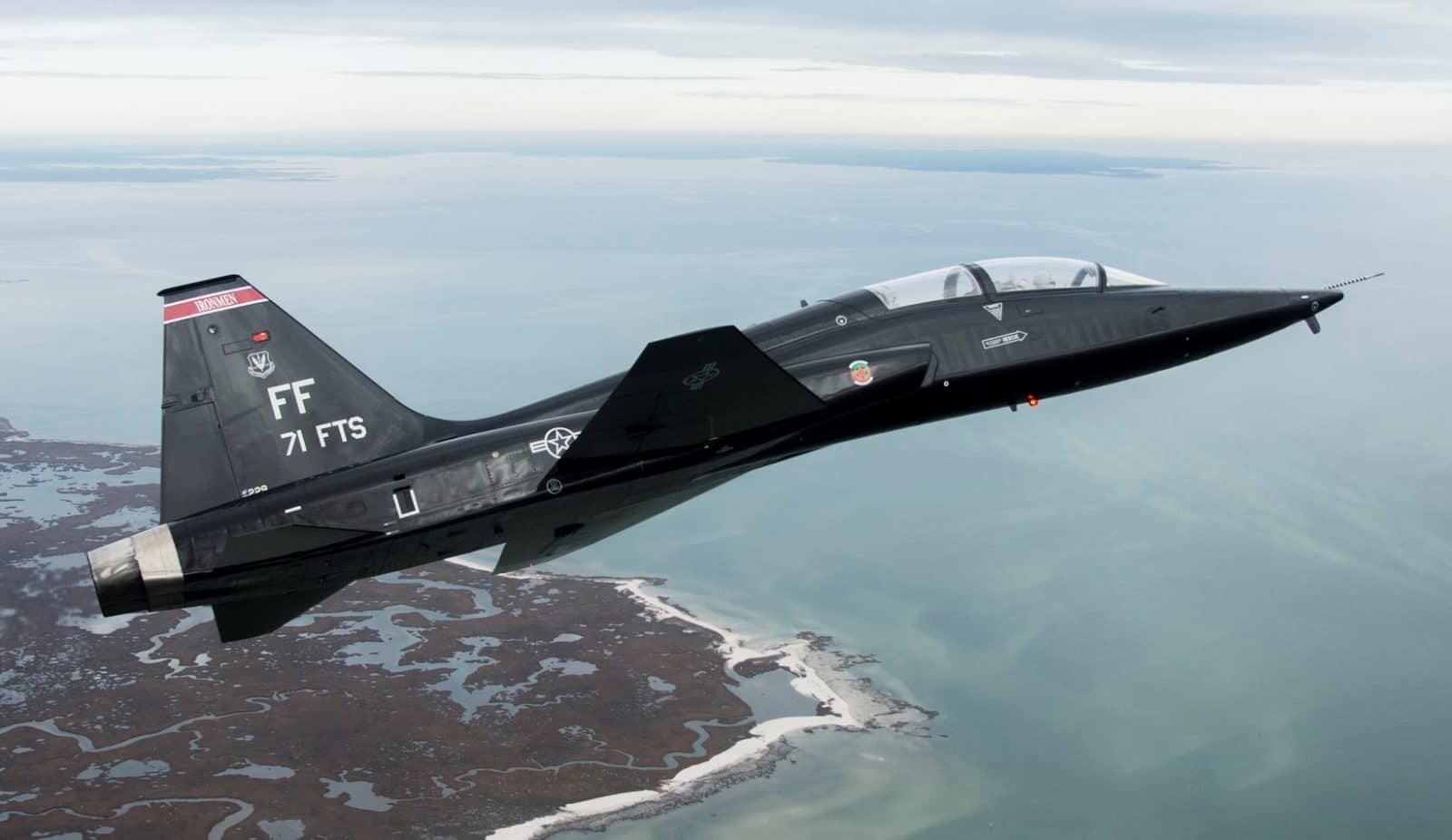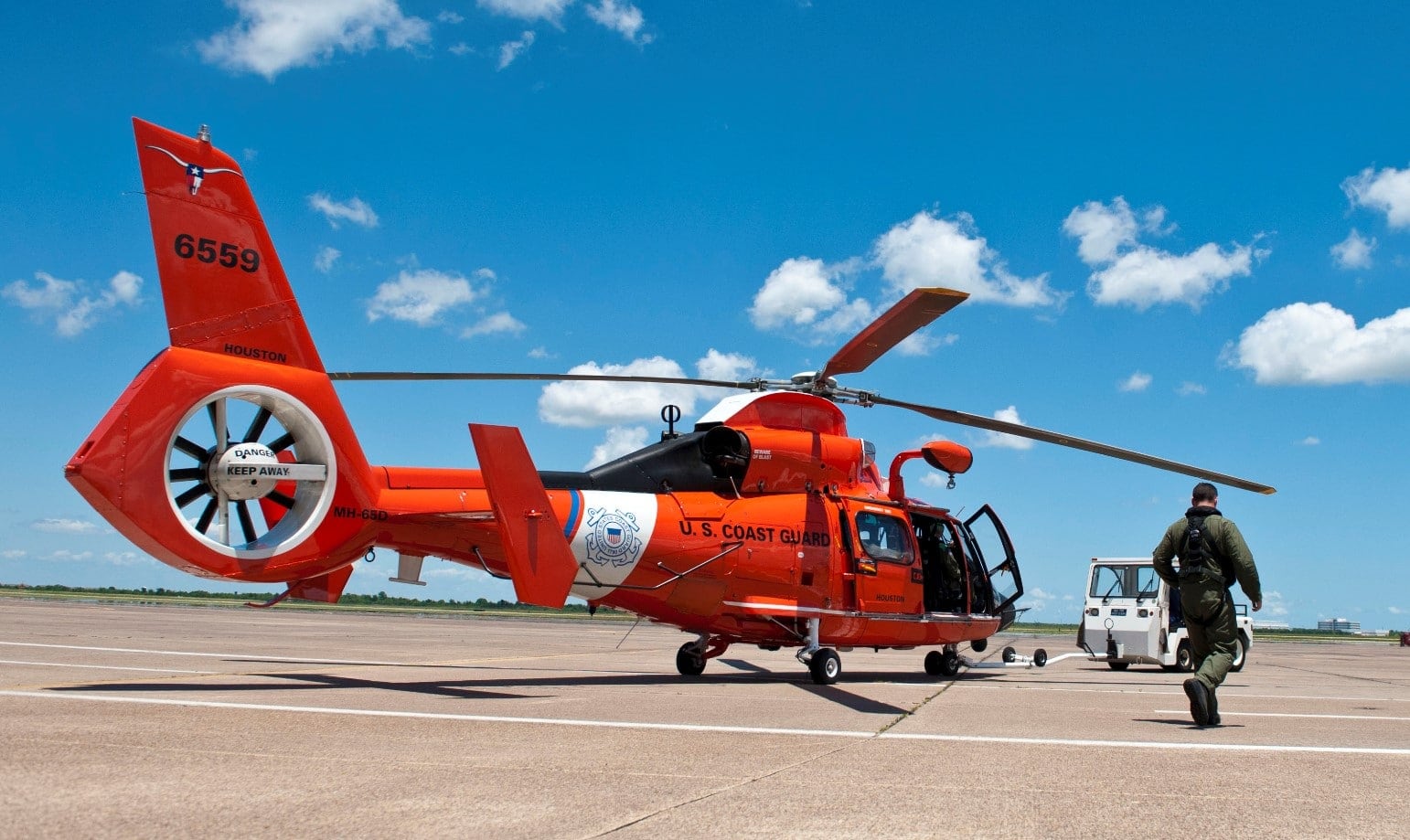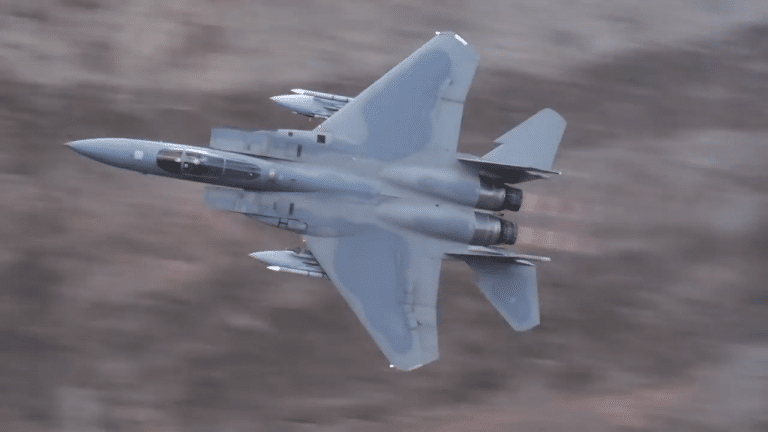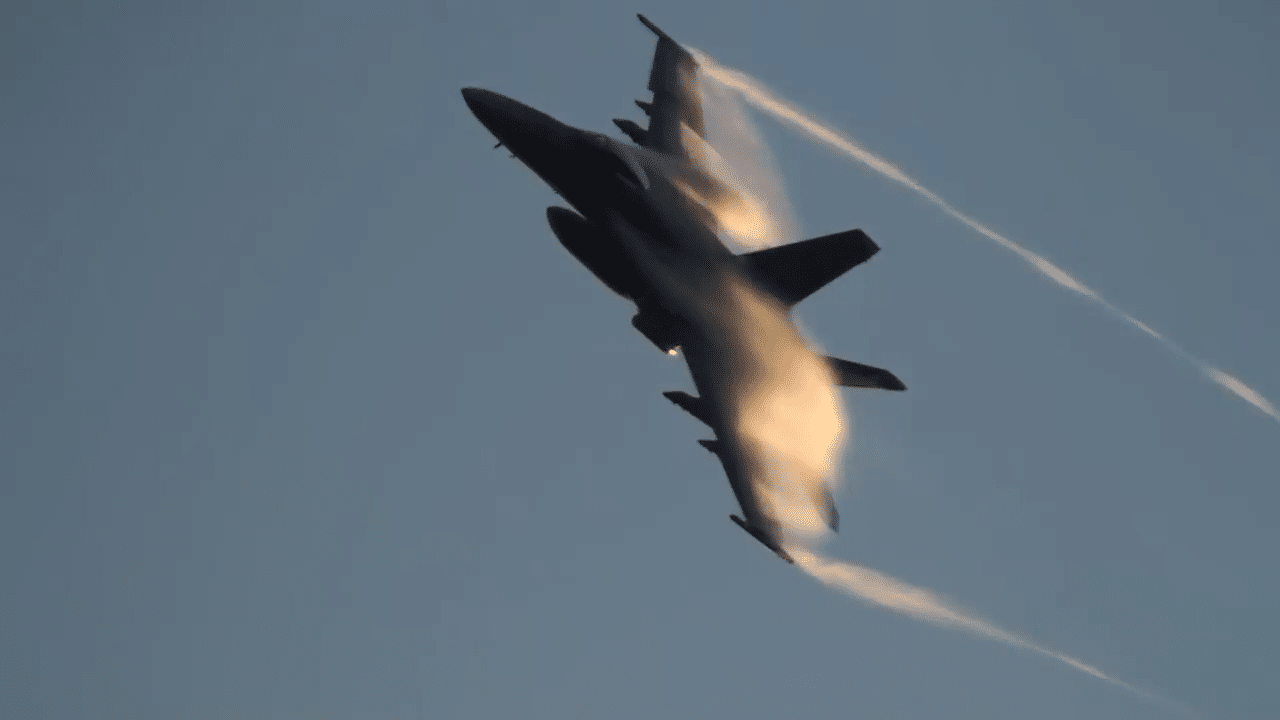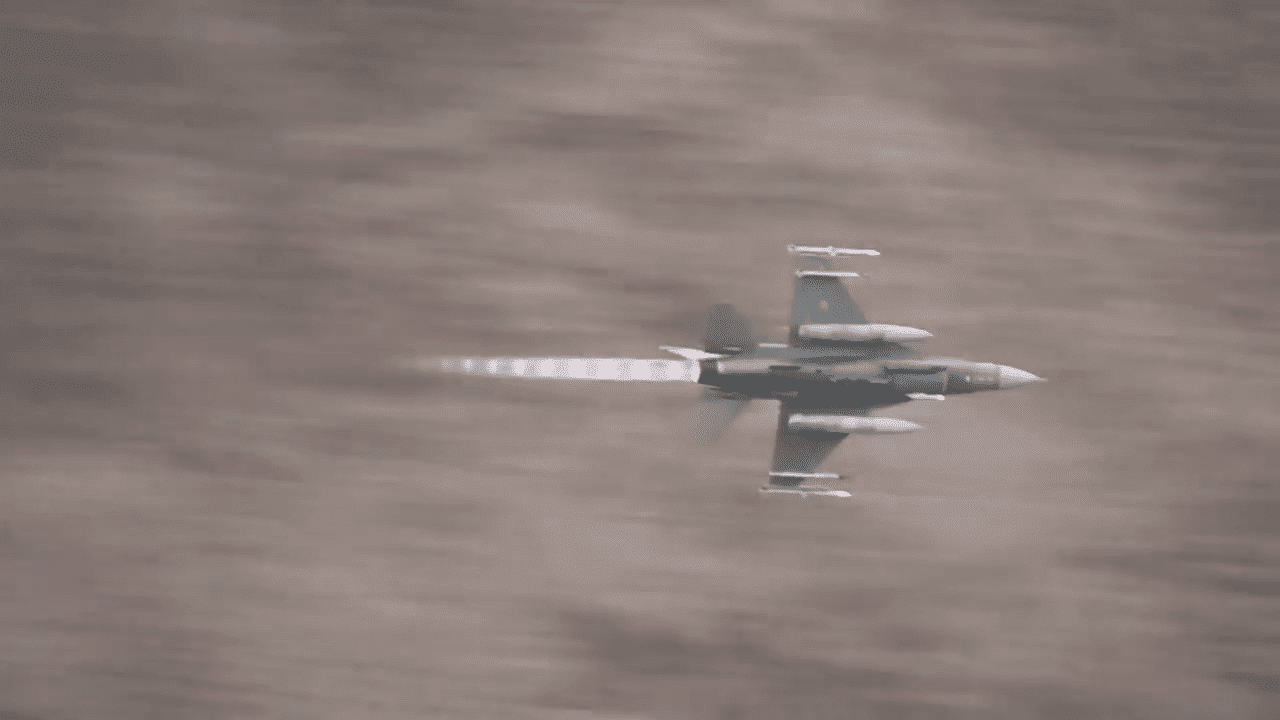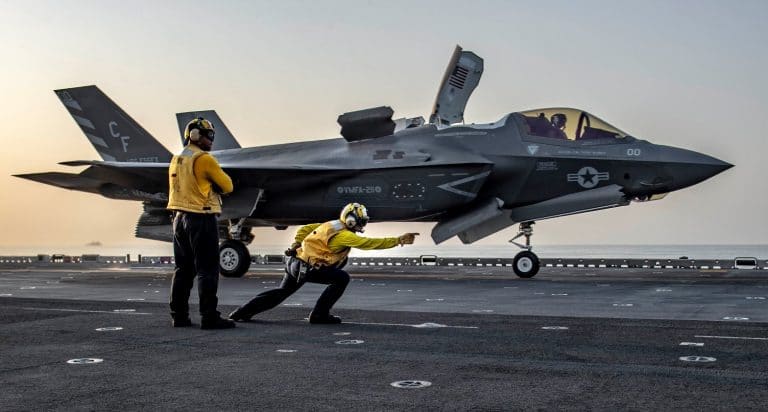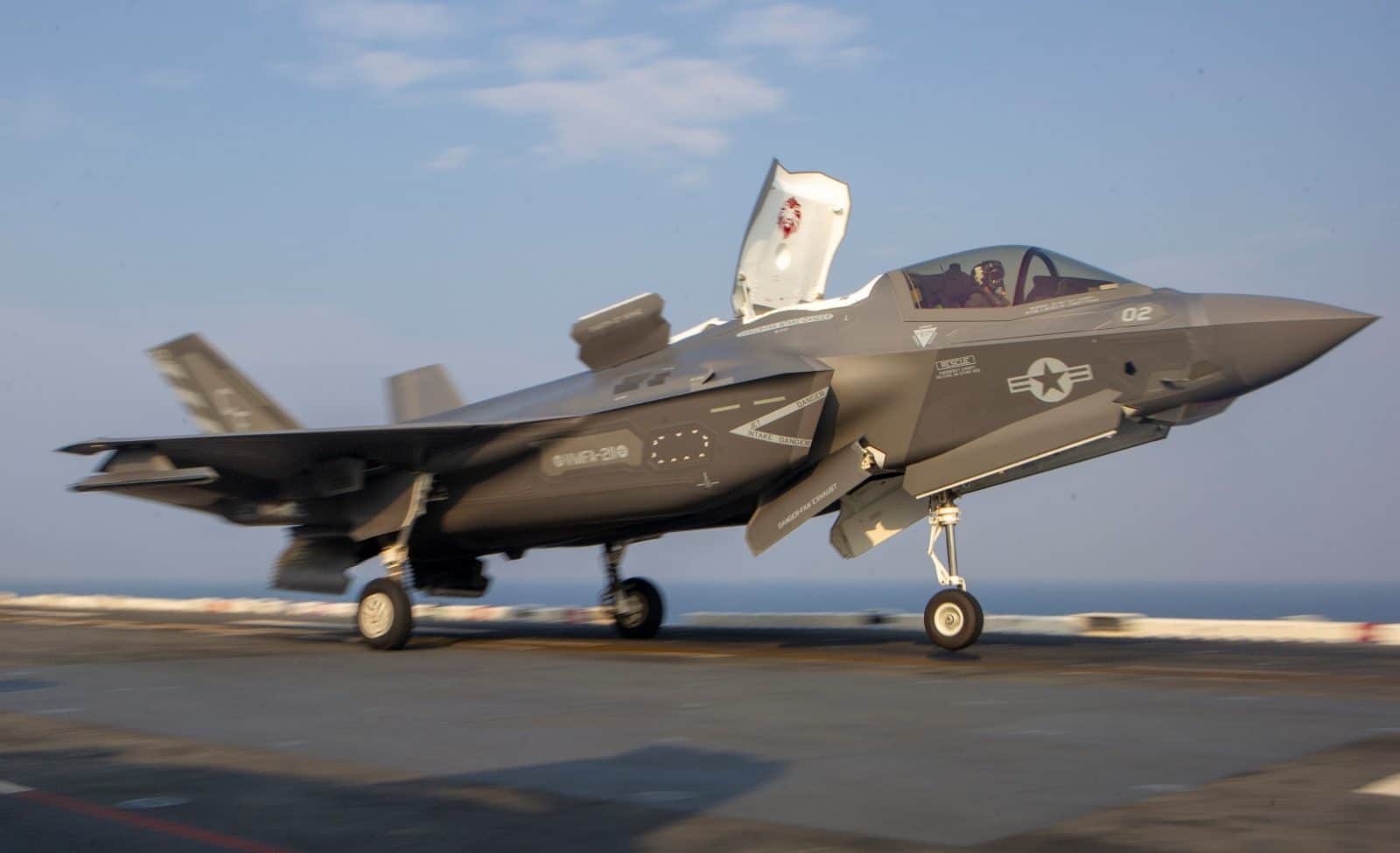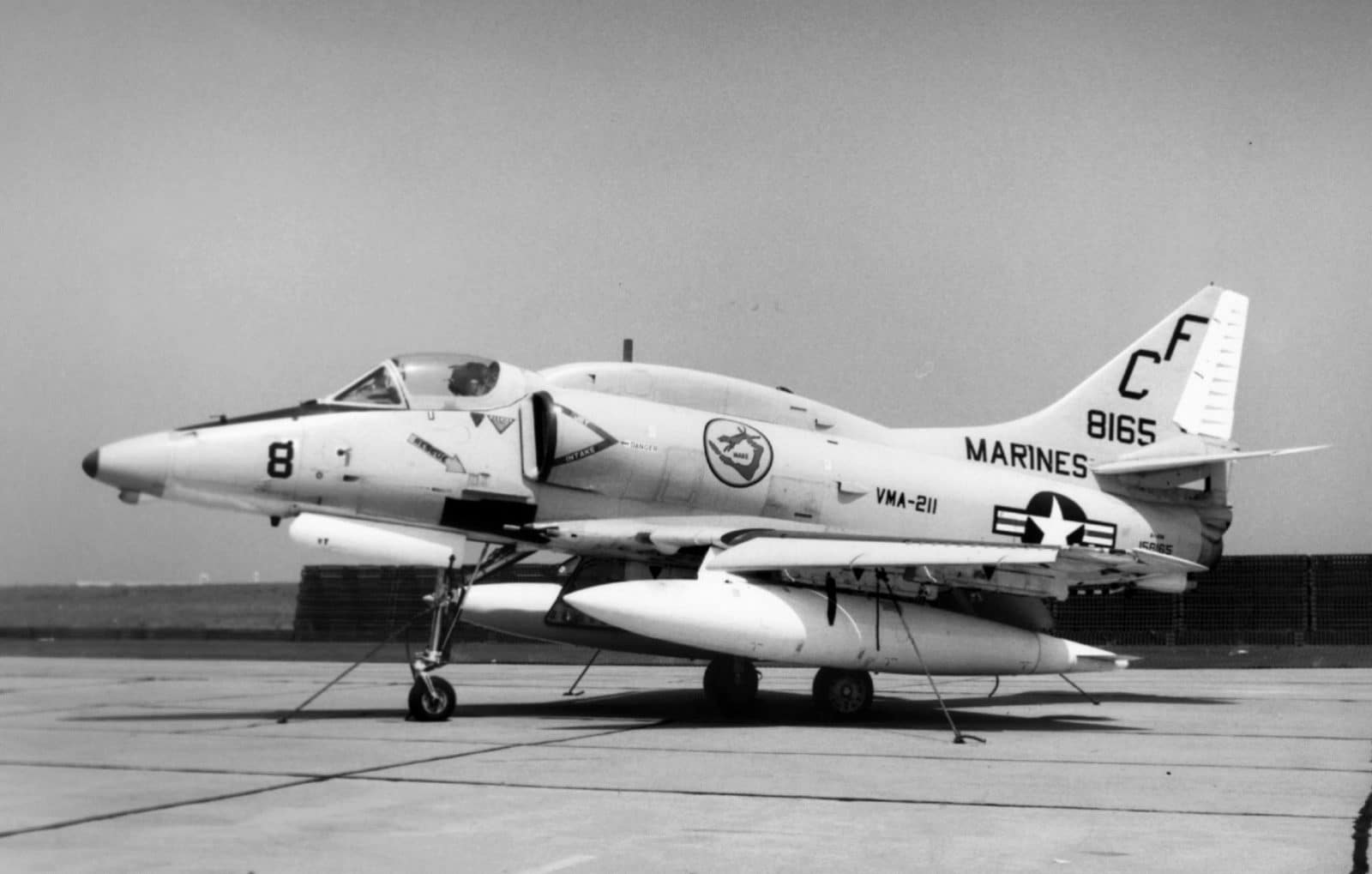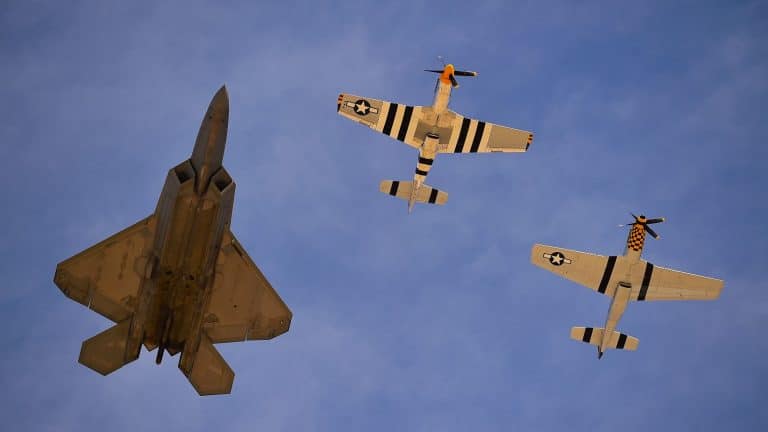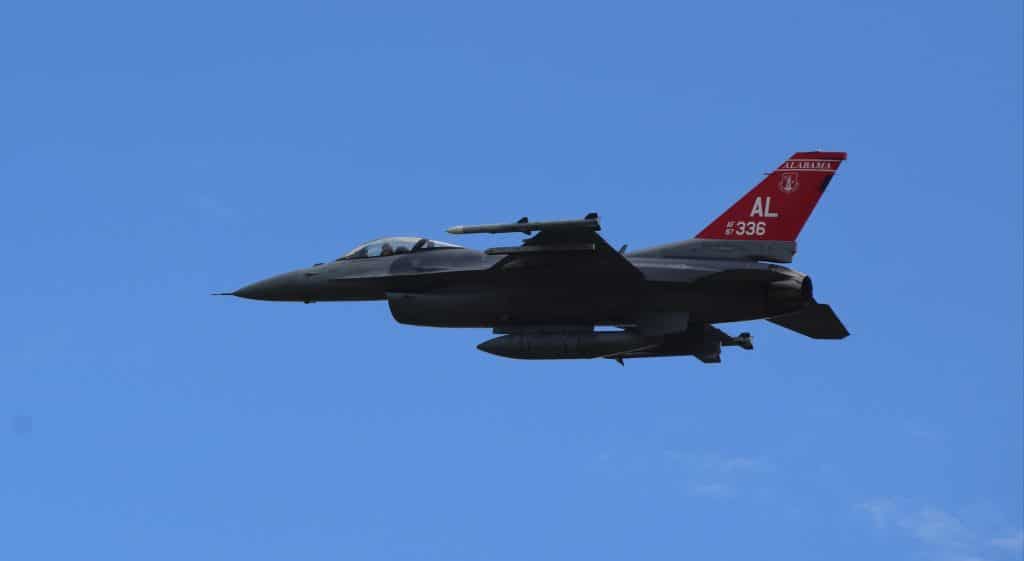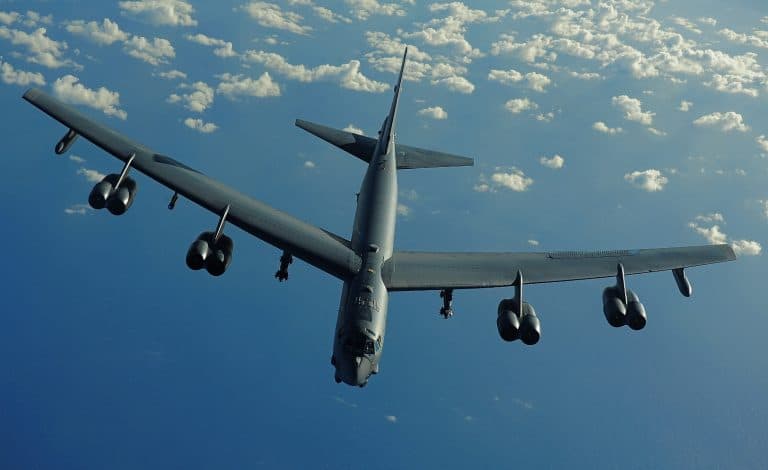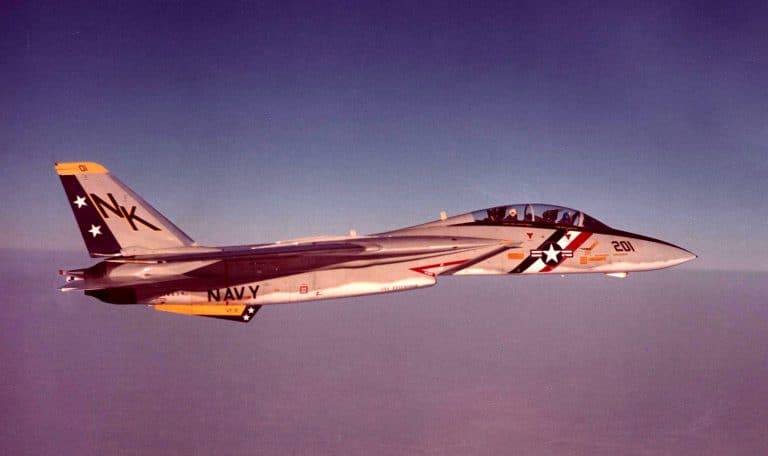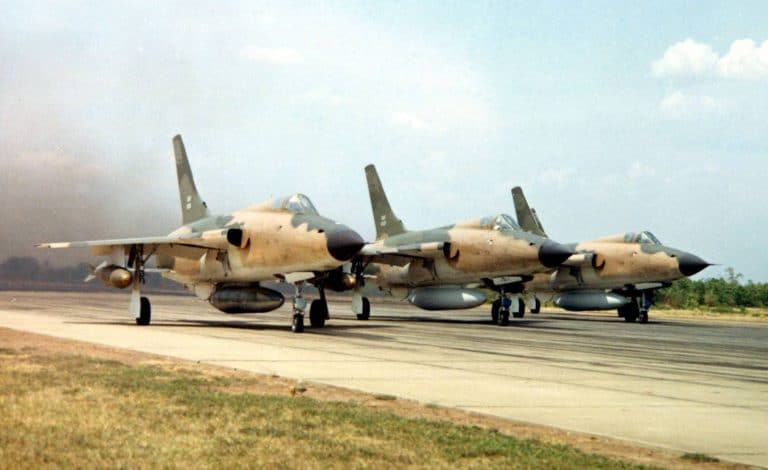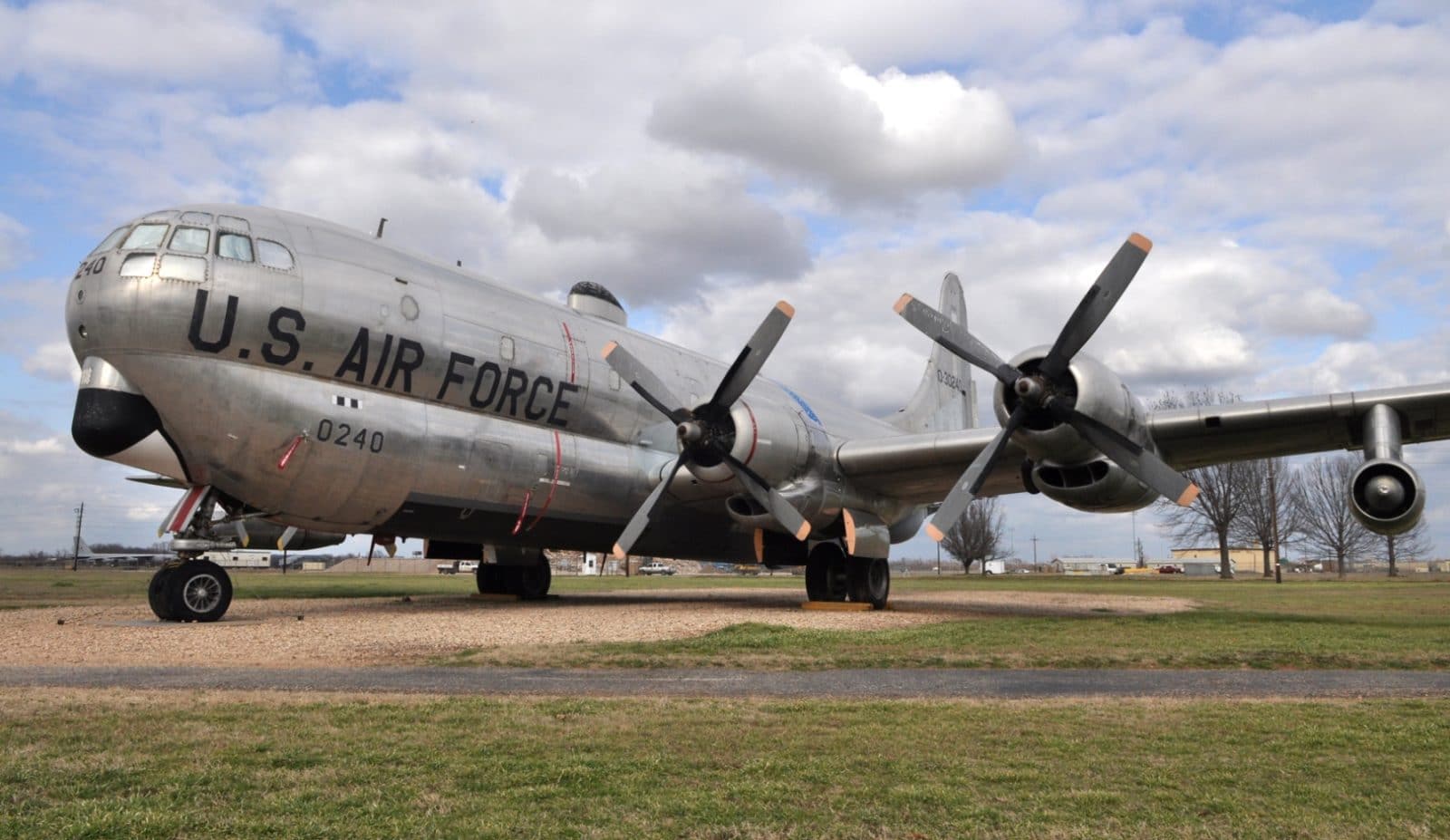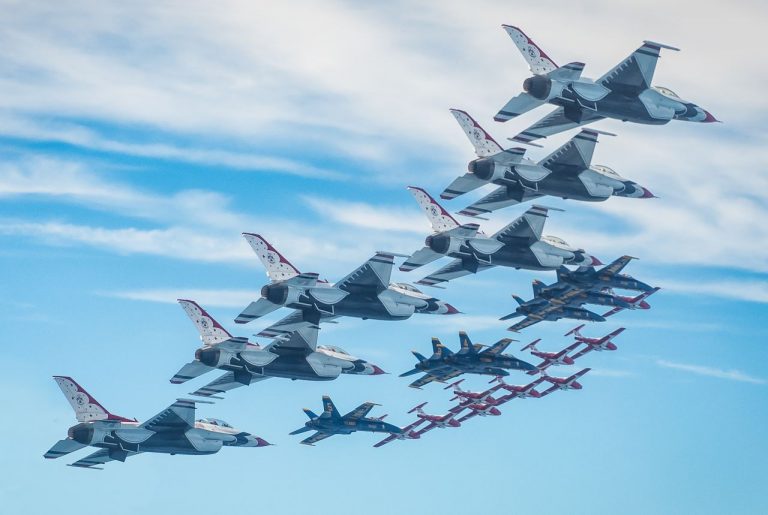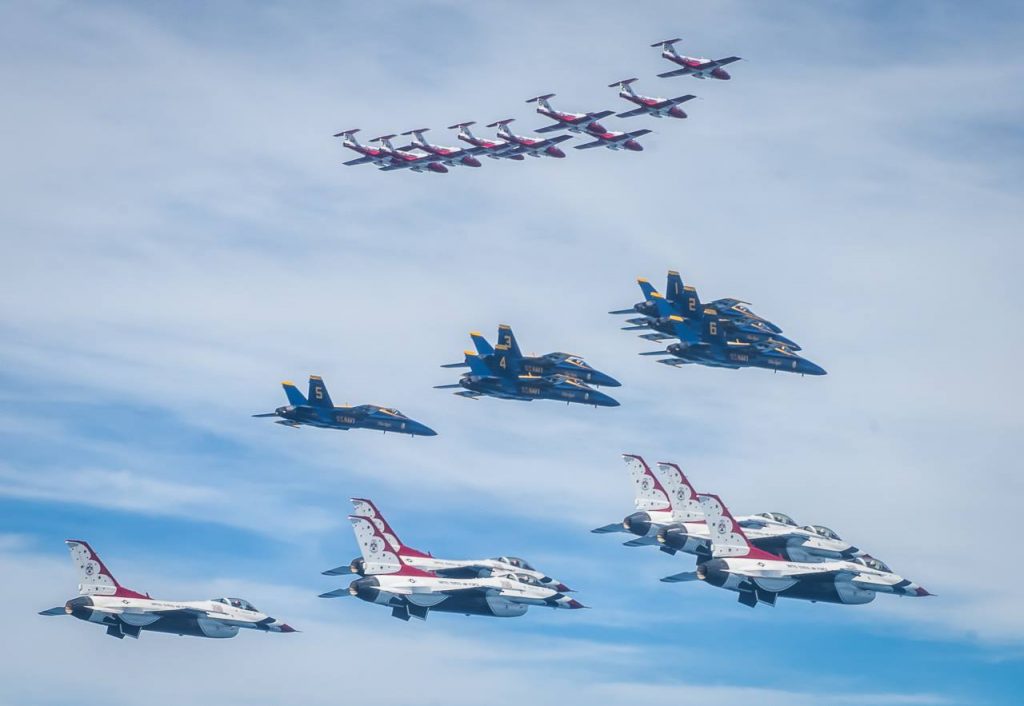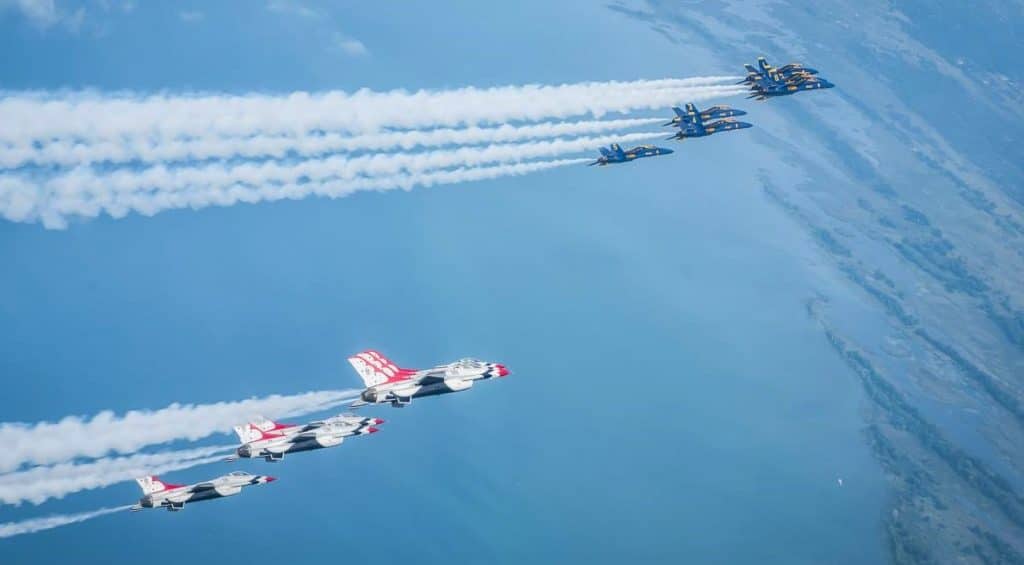Lockheed’s L-133 Starjet Could Have Been a Contender!
A blended body with aft-mounted laminar flow wings and forward mounted canards. Slotted flaps to enhance lift. Tricycle landing gear. Twin axial flow turbojet engines with afterburners fed by advanced aft-mounted NACA-type intakes reducing frontal area and therefore drag. Four nose-mounted 20 millimeter cannons for armament. Does this remind you of any 1950s or 1960s jet fighters? How about something even more modern? Would you be surprised to know that the jet I just described never flew at all? Would you be surprised to find out the Starjet was in development…in 1939?
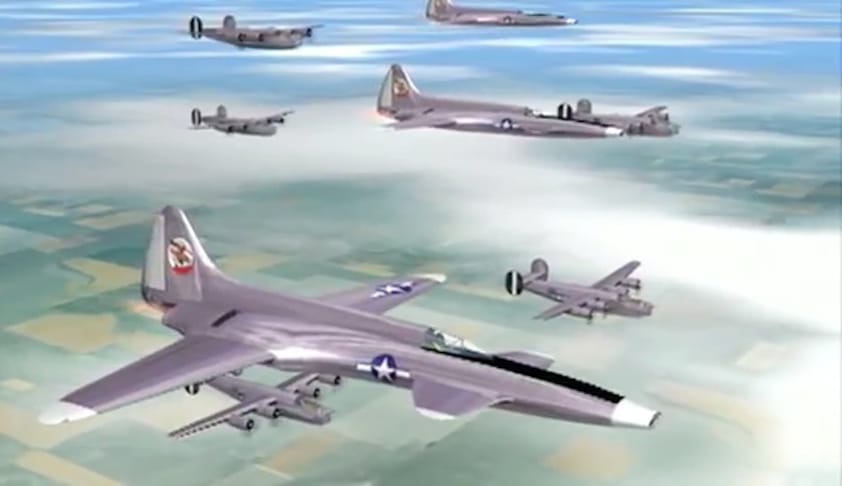
Lockheed began working on their Model L-133-02-01 in 1939. By 1940 the company-financed jet was on the drawing board. The brainchild of none other than renowned Lockheed “Skunk Works” engineers Clarence L. “Kelly” Johnson, Willis M. Hawkins and Hall L. Hibbard, the L-133 might have been, could have been, maybe even should have been, this country’s first jet-powered fighter aircraft. The design was proposed to the US Army Air Corps in 1942. So what happened? Remember-this was 1942. The USAAC (after March 1943 the US Army Air Forces) simply wasn’t prioritizing jet fighters over bombers and propeller-driven figthters. Not yet anyway.
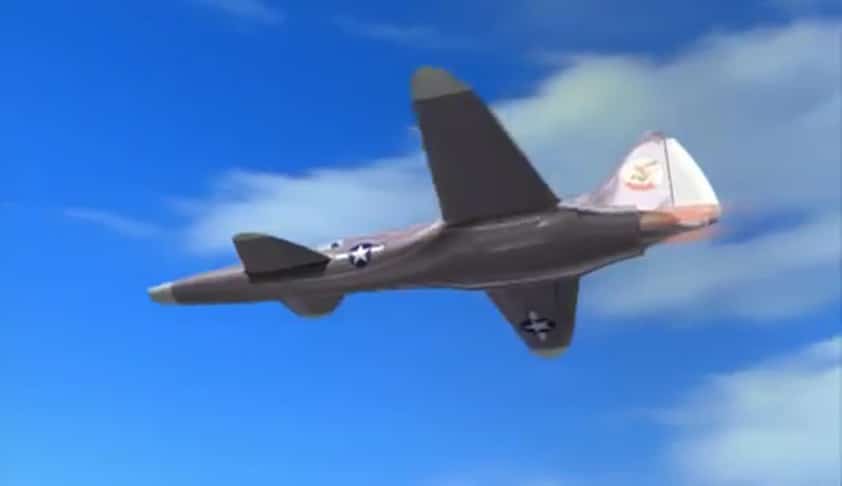
Of course Germany and the Brits were designing and building jets by then. Lockheed’s L-1000 axial flow turbojet engine (designated J37) would have been a robust powerplant for the L-133 Starjet, but developmental priorities placed the J37 on the back burner for many years. It wasn’t until 1953 that the plug was pulled on the J37 after three of them had been built.

Meanwhile, Lockheed focused on another much simpler design for their first production jet fighter. Still using the laminar flow wing (stolen from the P-38 Lightning) but powered by the centrifugal flow Allison J33 engine, the P-80 Shooting Star was said to have benefited from the exercise of working through the kinks Johnson and his team experienced while developing the design of the Starjet.
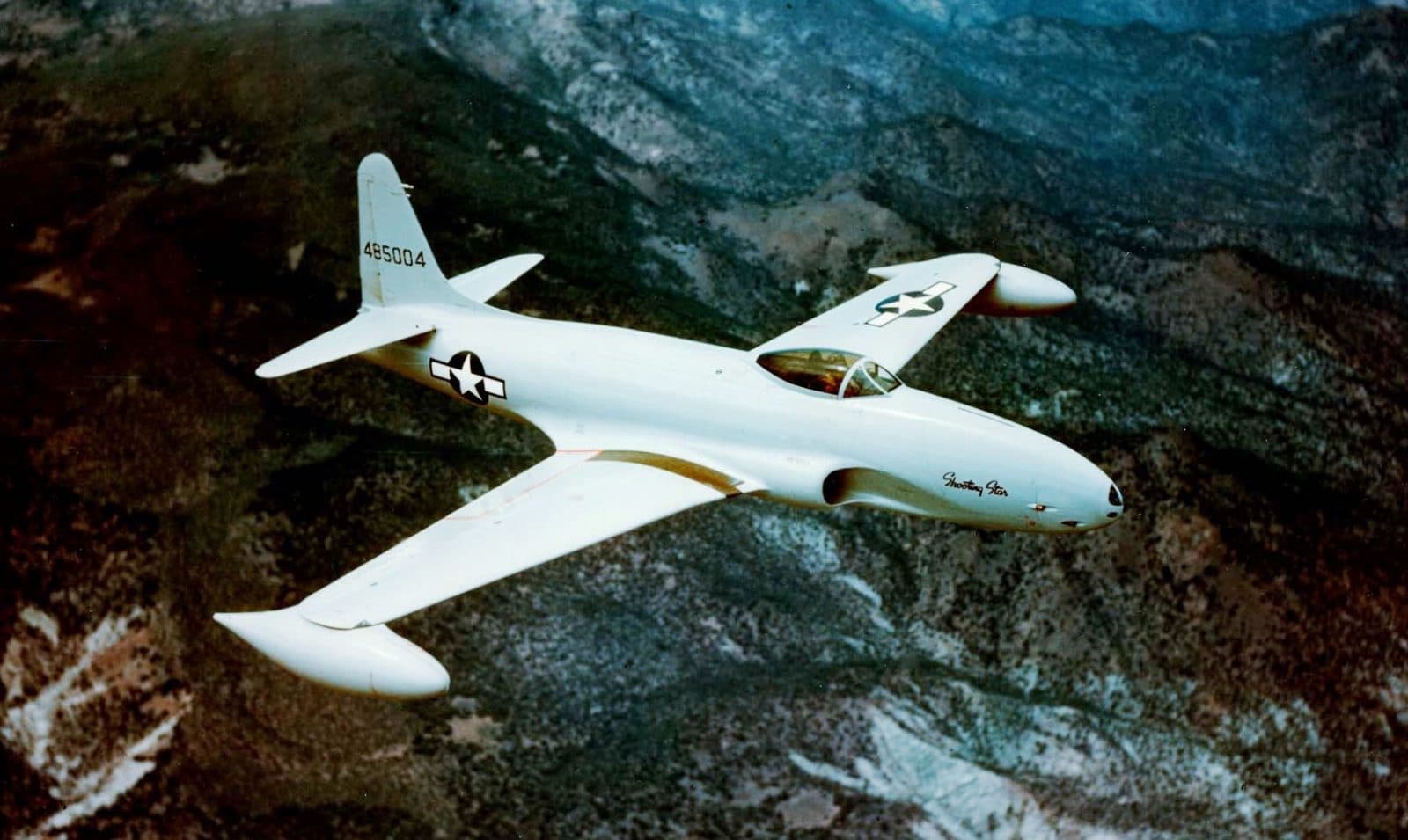
The L-133 would have come in at about 48 feet in length with a wingspan of nearly 47 feet. With a wing area of 325 square feet and a total of more than 10,000 pounds of thrust from those twin L-1000 engines, the Starjet was expected to be capable of a maximum speed of 625 miles per hour!



